
The Buhl-Verville CA-3 Airster, was a utility aircraft built in the United States in 1926, notable as the first aircraft to receive a type certificate in the US, issued by the Aeronautics Branch of the Department of Commerce on March 29, 1927. It was a conventional single-bay biplane with equal-span unstaggered wings and accommodation for the pilot and passengers in tandem open cockpits. Marketed for a variety of roles including crop-dusting, aerial photography, and freight carriage, only a handful were built, some with water-cooled engines as the CW-3, and others with air-cooled engines as the CA-3. One CA-3 placed second in the 1926 Ford National Reliability Air Tour.
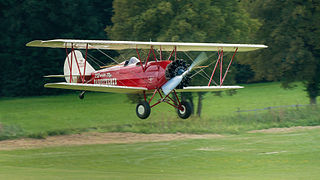
The Travel Air 2000/3000/4000 were open-cockpit biplane aircraft produced in the United States in the late 1920s by the Travel Air Manufacturing Company. During the period from 1924–1929, Travel Air produced more aircraft than any other American manufacturer, including over 1,000 biplanes. While an exact number is almost impossible to ascertain due to the number of conversions and rebuilds, some estimates for Travel Air as a whole range from 1,200 to nearly 2,000 aircraft.

The International F-17 Sportsman was a 1920s American three-seat open-cockpit biplane designed and manufactured by the International Aircraft Corporation in Long Beach, California and Cincinnati, Ohio. 107 aircraft were built, 77 of them at Cincinnati.

The Brunner-Winkle Bird was a three-seat taxi and joy-riding aircraft produced in the US from 1928 to 1931.
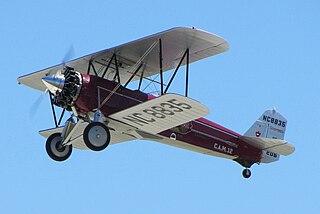
The Stearman C3 was an American-built civil biplane aircraft of the 1920s, designed by Stearman Aircraft of Wichita, Kansas. It was also the first Stearman aircraft to receive a type certificate.
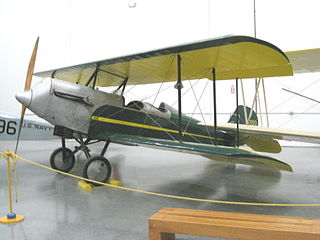
The American A-1 and A-101 were American two and three-seat biplanes of the 1920s.

The American Eagle A-129 was an American biplane first flown in 1929.

The Spartan C3 is an American three-seat open-cockpit utility biplane from the late 1920s.

The Waco 10/GXE/Waco O series was a range of three-seat open-cockpit biplanes built by the Advance Aircraft Company, later the Waco Aircraft Company.

The Waco 9 is an American-built three-seat biplane design that first flew in 1925.

The Anderson Z is an early 1930s American-designed single-engine biplane.
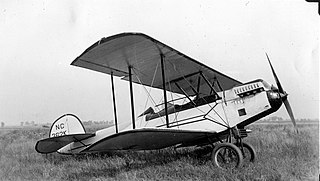
The Parks P-1 was an American three-seat sport biplane that was built in the late 1920s.
The Western Airplane King Bird, named after the tyrant flycatcher (Western) Kingbird, was a 1920s US civil transport accommodating three passengers in open cockpits. Only one was built.

The NAS Air King was a US light biplane transport aircraft designed in 1926 to carry three passengers in two open cockpits. Only one was built but in 1928 it was revised to carry two passengers and was more successful, with over twenty produced.
The Hess H-2 Blue Bird was a small US transport biplane, built in the 1920s and carrying two or four passengers according to engine power.
The Brown 1926 parasol monoplane was a 1920s US, three seat, parasol wing civil aircraft developed from a biplane wartime scout. It was intended for either the private or commercial passenger markets, though one was used as a crop-duster.

The Thunderbird W-14 was a small, three seat American passenger transport, first flown in 1926, entering production, significantly improved, in 1927 with several different engine options. About 40-50 were built before the financial collapse of the company in 1929.
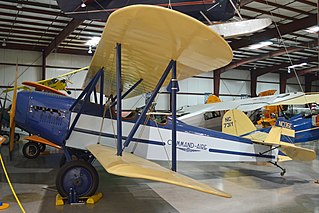
The Command-Aire 3C3 and similar 4C3 and 5C3 are American three-seat open cockpit utility, training and touring biplanes developed by Command-Aire in the late 1920s and early 1930s.

The Laird LC-B was a three seat, single-engined biplane, built for private owners in the U.S. in the late 1920s and offering a variety of engines. About 35 had been built before production ceased in the mid-1930s. Two have been restored to flight.

The Huff-Daland HD.8A was a small civil transport biplane carrying two passengers built in the U.S. in 1922. The otherwise identical HD-9A offered an alternative engine.



















